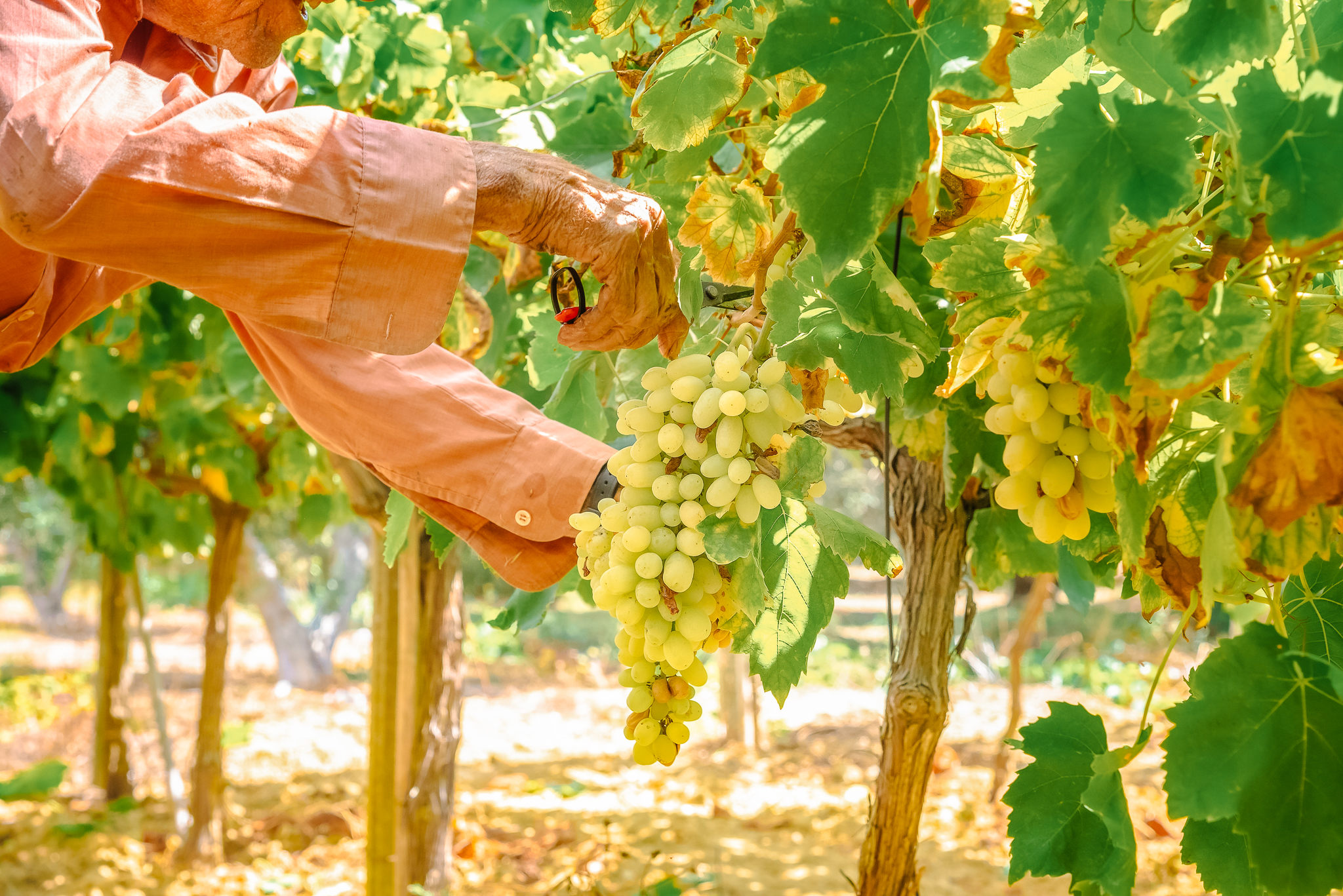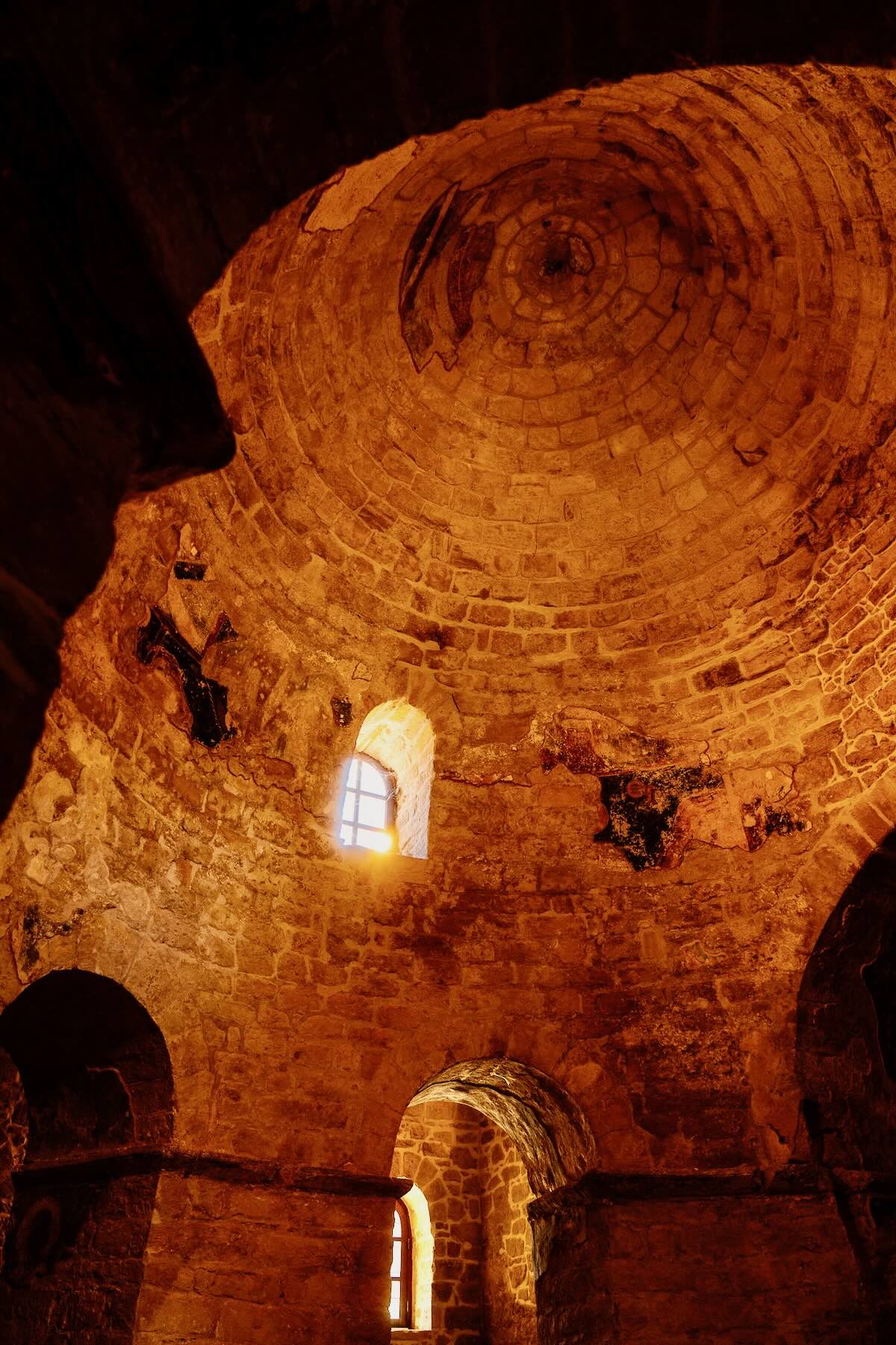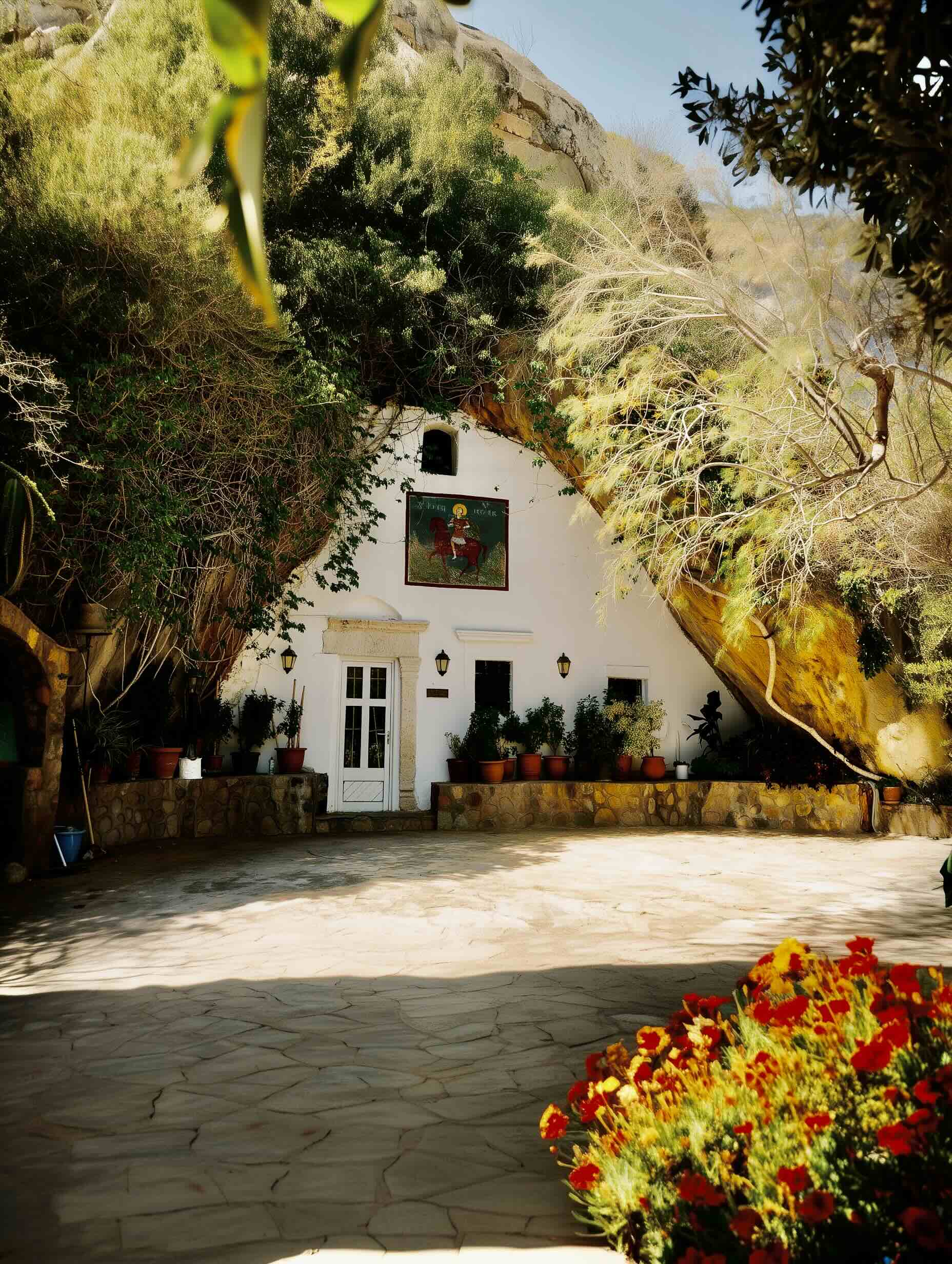Visit the wineries and vineyards of Chania, primarily located in the northwestern part of the region. Wine has always held special significance for Cretans, considered a gift from Dionysus. It accompanies social gatherings and celebrations (along with raki, of course). The Cretan vineyard is among the world’s oldest and the most ancient in the greater Greek region.
Archaeological evidence shows today’s vineyards occupy almost the same locations as their ancient counterparts. In Chania, as in many parts of Crete, traces of winemaking activity date back to Minoan times, continuing through the Geometric, Archaic, and Hellenistic periods into recent centuries. Romeiko is Chania’s traditional wine. The aged version, called red Marouvas, matures in large barrels and develops a distinctive oxidized character.
The Vineyards of Chania
Chania sits at Crete’s western edge, dominated by the White Mountains that stretch across the region, reaching heights of 2,453 meters. The region enjoys abundant vegetation and the coolest climate in Crete. This is due to the White Mountains trapping eastward-moving air masses, causing frequent rainfall, and acting as a natural barrier against the hot southern winds, particularly beneficial for the northern area where most vineyards are located.
The northward orientation of the vineyards and summer meltemi winds flowing through the Aegean islands provide additional relief from the southern Mediterranean heat. Wine tourism in Chania focuses on the northwestern section, in Mousouron, Voukolies, and Kolympari areas. However, visitors can find wineries in other locations, such as Kryonerida.
The Kissamos vineyard produces PGI Kissamos wines, and since late 2010, the entire Chania vineyard region produces PGI Chania wines. The main vineyard area lies between 200 and 500 meters above sea level, west of Chania city. However, significant plantings exist at sea level and up to 900 meters in elevation. Though viticulture and winemaking in the region trace back thousands of years, organized vineyard cultivation and professional winemaking developed relatively late. This may be because village winemaking was widespread. Almost every family maintained their own vineyard and produced their annual wine supply, meeting most of their needs.
This tradition preserved many old vineyards that now produce wines of remarkable concentration and complexity. It also preserved the traditional aging method of Marouvas. Chania is home to the red Romeiko variety and white Muscat Spinas. The Rhone varieties – red Syrah, Grenache, Mourvèdre, and white Roussanne – show excellent results. Of particular interest are the red Kotsifali and Mandilaria, and the white Vilana, Thrapsathiri, Athiri, Assyrtiko, and Malvasia Aromatica. Wines produced in Chania can use either the PGI (Protected Geographical Indication) Chania or the broader PGI Crete designation.










